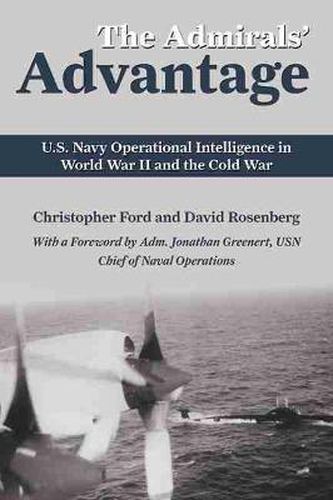Readings Newsletter
Become a Readings Member to make your shopping experience even easier.
Sign in or sign up for free!
You’re not far away from qualifying for FREE standard shipping within Australia
You’ve qualified for FREE standard shipping within Australia
The cart is loading…






This analytic and historical study provides a revealing look at naval operational intelligence by embracing the fundamental question of what OPINTEL is and how it answers the fundamental question
Where is the enemy, in what strength, and disposition, and what is he doing right now?
It is primarily the result of an Operational Intelligence Lessons-Learned Symposium held at the National Maritime Intelligence Training Center in Dam Neck, Virginia, 12-13 September 1998. The participants included senior intelligence professionals whose mandate was to explore the ramifications of the evolution of naval operational intelligence since World War II. Current practices were also explored with inputs from current practitioners as represented by various fleet and shore commands. Additional sources for the study were oral interviews and correspondence with senior members of the intelligence community. The authors have scrupulously taken the work as close to the edge of security classification as is possible to enhance its value without being damaging to national security.
$9.00 standard shipping within Australia
FREE standard shipping within Australia for orders over $100.00
Express & International shipping calculated at checkout
This analytic and historical study provides a revealing look at naval operational intelligence by embracing the fundamental question of what OPINTEL is and how it answers the fundamental question
Where is the enemy, in what strength, and disposition, and what is he doing right now?
It is primarily the result of an Operational Intelligence Lessons-Learned Symposium held at the National Maritime Intelligence Training Center in Dam Neck, Virginia, 12-13 September 1998. The participants included senior intelligence professionals whose mandate was to explore the ramifications of the evolution of naval operational intelligence since World War II. Current practices were also explored with inputs from current practitioners as represented by various fleet and shore commands. Additional sources for the study were oral interviews and correspondence with senior members of the intelligence community. The authors have scrupulously taken the work as close to the edge of security classification as is possible to enhance its value without being damaging to national security.